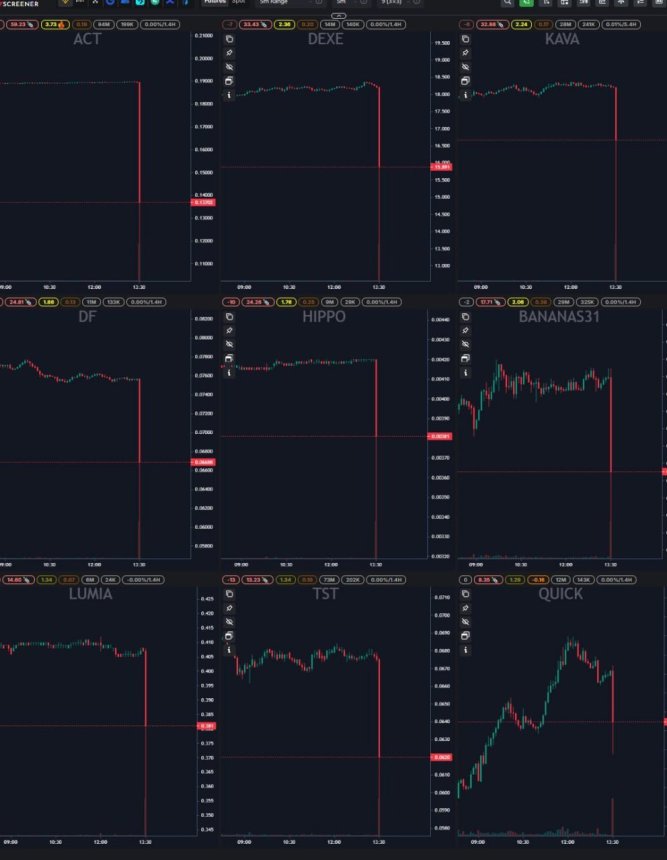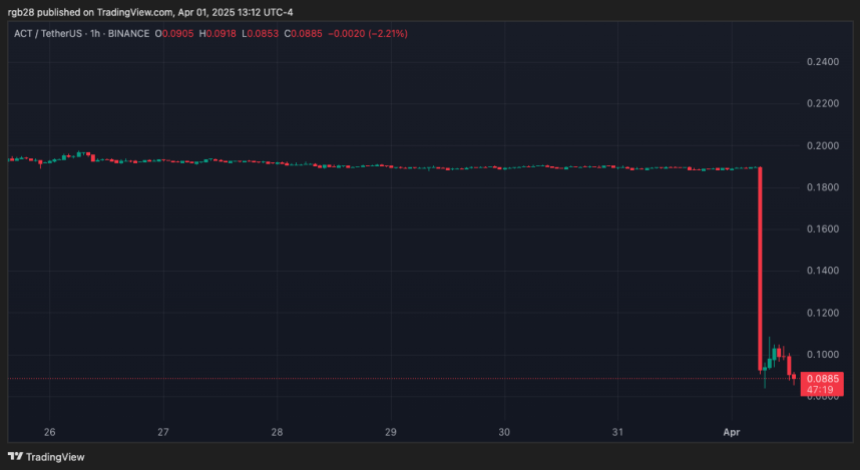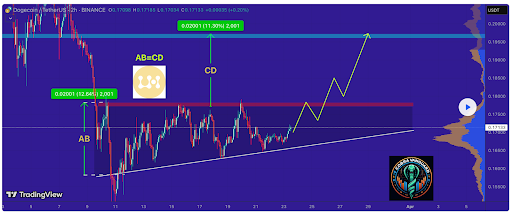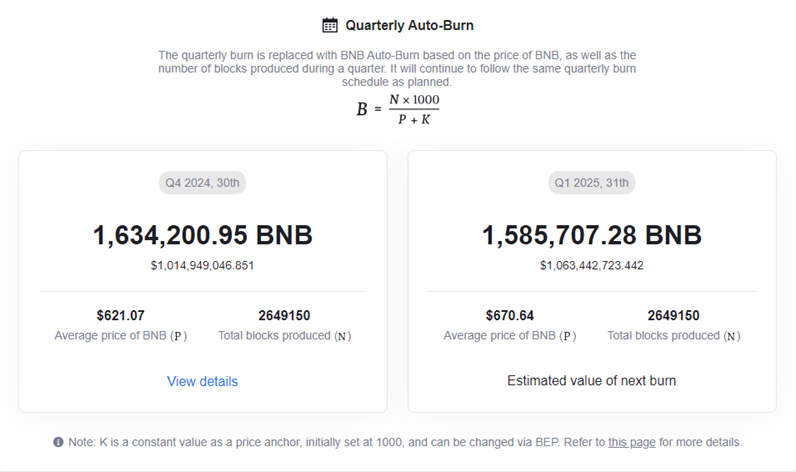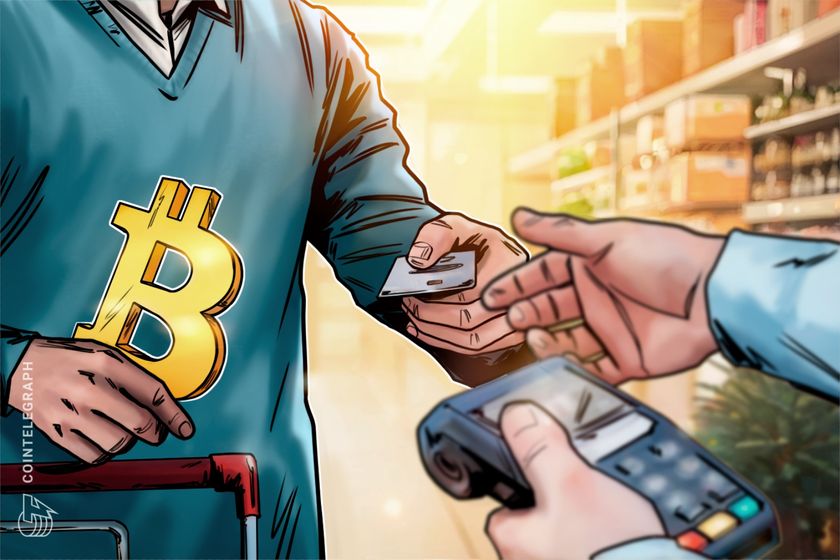

Key takeaways
- Buying Bitcoin with a credit card offers nearly instant transactions and convenience, but it costs you higher fees and potential blocked transactions from card providers.
- Centralized exchanges like Coinbase and Kraken are the easiest reputable platforms on which to buy Bitcoin with credit cards.
- To protect yourself during transactions, only use trusted exchanges and use security protocols like 2FA.
- Credit card purchases can offer some extra protection against fraud compared to other payment methods, but purchase limits can be more restrictive
Looking for the quickest and easiest way to purchase Bitcoin? Buying Bitcoin with a credit card is almost instant on many platforms. Before you start your digital shopping spree, you should take a few minutes to learn how to buy Bitcoin (BTC) with a credit card in the most efficient way.
However, if you’re not careful, you could end up damaging your credit score and even getting scammed out of your investments.
Below, you will find a step-by-step process for purchasing Bitcoin on a reputable exchange, plus learn how to protect yourself from unnecessary financial distress along the way.
Why use a credit card for Bitcoin purchases?
Buying Bitcoin via a credit card is almost instant on major exchanges. It can be performed easily on a mobile device or web, allowing buyers and traders to quickly take advantage of market moves.
Often, the cryptocurrency exchanges that accept credit cards are regulated and will use high levels of encryption. These exchanges will require Know Your Customer (KYC) and Anti-Money Laundering (AML) checks for security and compliance.
Purchasing Bitcoin with a credit card is a beginner-friendly option for new cryptocurrency investors already familiar with using their credit cards for online transactions. There may be some protection from the credit card company if something goes awry.
Will buying Bitcoin with a credit card affect my credit score?
Every purchasing decision you make with your credit card will have an effect on your credit score, either positive or negative. Crypto is likely to do more harm than good to a credit score. Here’s why:
- Particularly with large Bitcoin purchases, it will increase your credit utilization ratio. Banks don’t reflect kindly to high credit utilization above 50% of a credit limit.
- Traditional banks and card issuers classify crypto purchases as cash advances and risky transactions.
- Payment history still remains the key factor in your credit score. Credit issuers may well frown upon regular Bitcoin purchases.
Did you know? Over 85% of retailers across the world accept credit cards, while only 25% of online retailers accept crypto payments. Credit cards are still more widely accepted; however, crypto acceptance is growing quickly.
Where to buy Bitcoin (BTC) with a credit card
You could buy Bitcoin with credit cards on centralized crypto exchanges (CEXs). Well-known global platforms like Coinbase, Kraken and Binance all enable their users to buy Bitcoin with a credit card. Adding to this, you can use instant buy features to purchase Bitcoin with a credit card without depositing fiat currency into your account first.
However, the regional availability for CEXs varies from platform to platform. This is usually dependent on local regulations and compliance. So, before picking a platform, you should check if it operates in your location and with your card issuer.
What if a credit card transaction is declined?
Many traditional banks actively block crypto-related transactions, which means you might find your credit card declined when attempting to purchase Bitcoin or other cryptocurrencies. This is often due to the bank’s policy against facilitating cryptocurrency transactions.
However, there is good news: Modern fintech banking alternatives, such as digital banks and crypto-friendly payment platforms, are increasingly supportive of cryptocurrency purchases, offering a smoother transaction experience.
Aside from bank restrictions, other reasons for declined crypto transactions can include fraud prevention measures, where the transaction is flagged as suspicious. Additionally, exceeding your credit card’s spending limit or encountering issues with your card’s authorization settings can also lead to a declined transaction.
Is there a limit to how much Bitcoin can be bought with a credit card?
The purchase limit for Bitcoin varies for each individual and is influenced by two main factors. First, the spending limit on your credit card, which is determined by your bank or card issuer. Second, the crypto exchange you’re using will impose its own purchase limits.
For first-time buyers, these limits can be relatively low — often just a few hundred dollars. However, depending on the exchange and your account history, these limits can typically be increased to $5,000 or more per week if needed.
You should also be aware of the credit card Bitcoin purchase fees that can include:
- Exchange fees: Typically 3%–5% for credit card purchases (this is higher than other methods, which can be as low as 0.1%).
- Card issuer fees: Some treat crypto purchases as cash advances.
- Foreign transaction fees: It may apply to fiat foreign currency transactions.
Did you know? 8%–10% of the adult global population is thought to own cryptocurrency of some form in 2025. A huge jump from 1%–2% in 2018, highlighting the increasing adoption rate.
How to buy Bitcoin on CEXs with a credit card
Buying Bitcoin with a credit card is one of the quickest and easiest ways to make a purchase. Once you have a verified exchange account, you can make the transaction almost instantly.
Below is a step-by-step guide on how to buy Bitcoin with a Visa or Mastercard on Coinbase. Steps on other exchanges may vary, but the process is generally very similar.
Step 1: Create a verified account
Follow the user-friendly sign-up process. Ensure to activate 2-factor authentication (2FA) to double-lock your account.
During the sign-up process, you’ll need to verify your identity. Crypto regulations in many countries require exchanges to comply with KYC and AML regulations. To pass these checks, you must upload a valid government ID (passport, driving license or any other acceptable ID card).

Step 2: Link your credit card
Once your account is accessible, use the right-hand side panel to add your payment method. This will give you the option to link a credit card. Add your card details and click “Add Card.”

Step 3: Buy Bitcoin
Using the right-hand side panel instant buy feature, select Bitcoin and the amount you’d like to purchase. The exchange buy limit will also be shown next to your credit card payment method. This is usually limited to 10,000 British pounds daily on Coinbase. When ready, click “Buy Now.” Confirm the purchase on your banking app. Once approved, the Bitcoin will be added to your exchange account and fiat debited from your credit card.

How to protect yourself from fraud when buying Bitcoin with a credit card
The irreversible nature of Bitcoin means security and fraud prevention should be at the top of your list. It is your responsibility to protect your financial information and crypto from being compromised. To stay safe when buying Bitcoin, you should:
- Only use a reputable and regulated exchange with a strong security record.
- Use core security features, including unique passwords and 2FA.
- Watch out for phishing attempts. Double-check URLs, and don’t click email links or unsolicited messages.
- Consider moving Bitcoin into a self-custody hardware wallet to protect against exchange hacks and fraud.
Is it safe to buy BTC with a credit card?
It is generally considered that buying Bitcoin with a credit card is one of the safest methods. This is because it helps to protect your wider financial information, such as direct access to bank accounts.
You can also benefit from fraud prevention and spending limits that credit card companies offer. So, if your card details or accounts fall into the wrong hands, you will have higher levels of protection. Plus, there is even some recourse to reverse payments and have fraudulent payments struck off.
While it does offer added protection and convenience, purchases will come at a higher cost. Credit card companies typically charge higher fees for crypto transactions, and you may face restrictions on the size of Bitcoin purchases.
Many exchanges impose lower purchase limits for credit card transactions, especially for first-time buyers, which could make it less appealing for larger investments. Despite these drawbacks, the extra protection and ease of use make it a convenient option for those new to the crypto space.
This article does not contain investment advice or recommendations. Every investment and trading move involves risk, and readers should conduct their own research when making a decision.
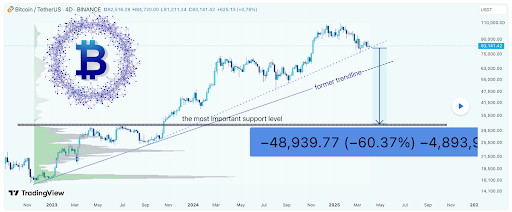

 Nearly 10% return on Day 1, showing immediate trading interest.
Nearly 10% return on Day 1, showing immediate trading interest.